Optimal Timing for Windows Installations
Windows installations are most effective during specific periods when system updates and hardware compatibility are optimal. Timing can influence the success and efficiency of the installation process, particularly in environments with multiple devices or complex configurations.
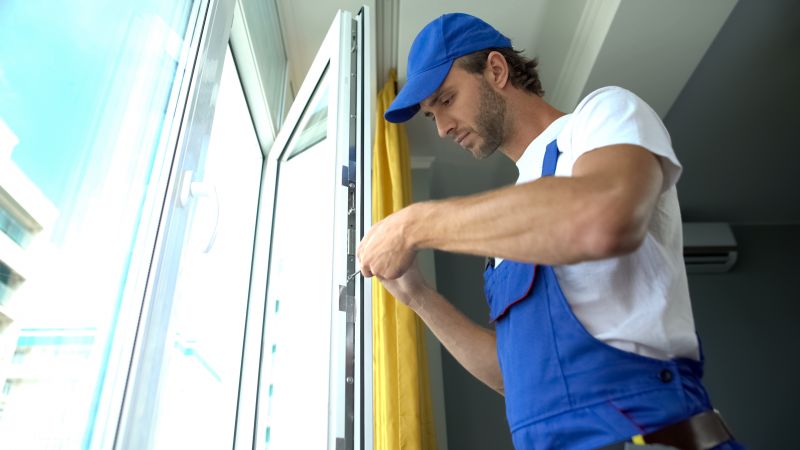
Spring often offers moderate temperatures and less humidity, reducing installation complications.

Summer can be suitable with proper cooling, but high temperatures may affect hardware performance during setup.

Fall provides stable weather conditions, making it a preferred season for large-scale upgrades.

Ways to make Windows Installations work in tight or awkward layouts.

Popular materials for Windows Installations and why they hold up over time.
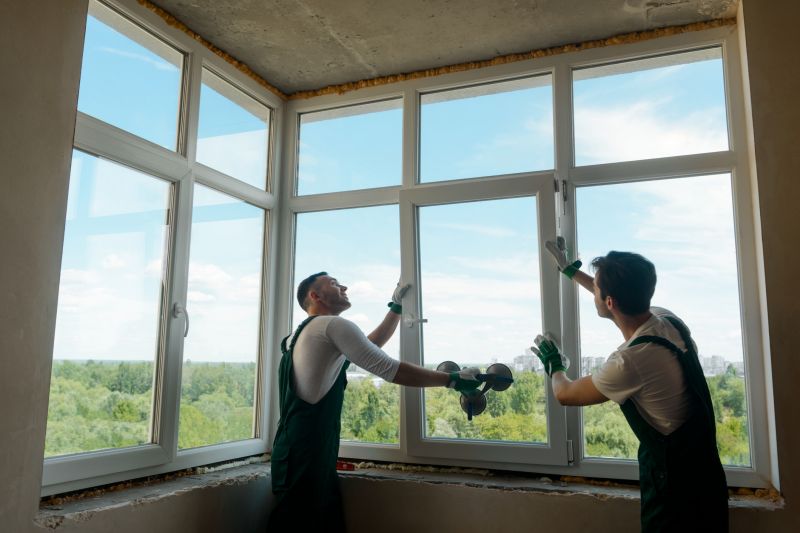
Simple add-ons that improve Windows Installations without blowing the budget.
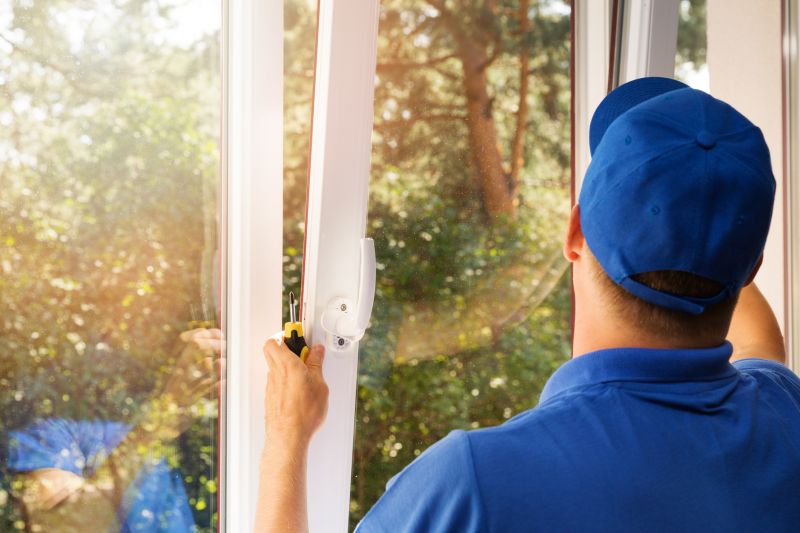
High-end options that actually feel worth it for Windows Installations.

Finishes and colors that play nicely with Windows Installations.
Performing Windows installations during periods of low activity can minimize disruptions. It is advisable to schedule installations when system downtime impacts are minimal, such as during off-peak hours or scheduled maintenance windows.
Installing Windows after major hardware releases ensures compatibility with new components and drivers.
Aligning Windows installations with software update cycles can improve system stability and security.
Seasonal factors like humidity and temperature can influence installation success, especially in non-controlled environments.
Scheduling installations during periods of low business activity helps avoid operational disruptions.

Visual overview of hardware setup and software configuration.
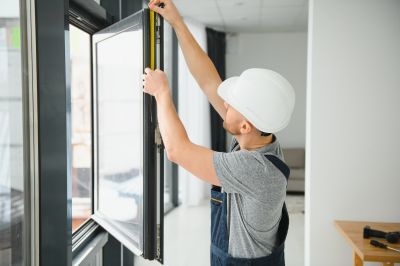
Tools and environment needed for a smooth installation.
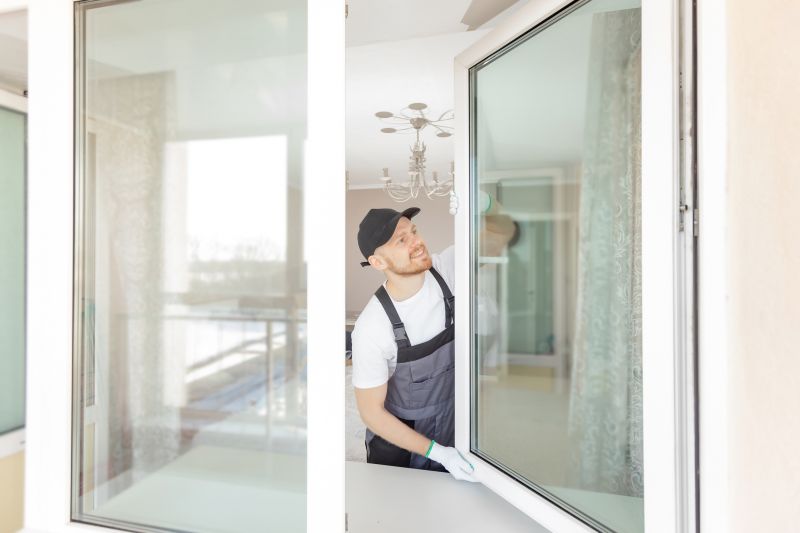
Final steps to optimize Windows performance.

Common issues and solutions during setup.
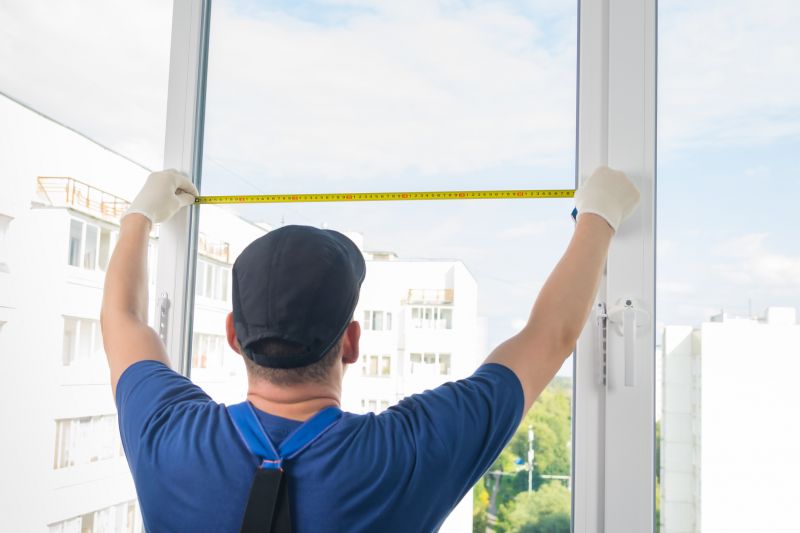
Little measurements that prevent headaches on Windows Installations day.

A 60-second routine that keeps Windows Installations looking new.

A frequent mistake in Windows Installations and how to dodge it.

Small tweaks to make Windows Installations safer and easier to use.
| Season | Advantages |
|---|---|
| Spring | Moderate temperatures, less humidity, optimal for hardware setup. |
| Summer | Longer daylight hours, but requires cooling solutions. |
| Fall | Stable weather, ideal for large deployments. |
| Winter | Less favorable due to cold and potential power issues. |
| Off-Peak Hours | Minimized operational impact and system downtime. |
Understanding the optimal timing for Windows installations can enhance success rates and reduce technical issues. Proper scheduling considering environmental and operational factors ensures a smoother process and better system performance.

Ideal conditions for hardware and software installation.

Ensuring components are ready before installation.

Protecting data prior to major updates.

Verifying system stability and performance.
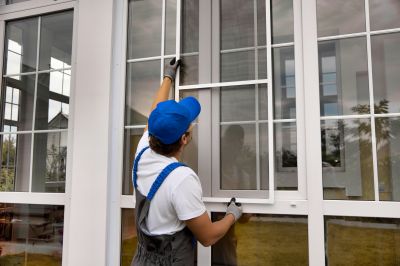
Lower-waste or water-saving choices for Windows Installations.

The short, realistic tool list for quality Windows Installations.

Rough timing from prep to clean-up for Windows Installations.

Quick checks and paperwork to keep after Windows Installations.
Interested in scheduling a Windows installation or learning more about optimal timing? Filling out the contact form provides an opportunity to discuss specific needs and plan effectively for system upgrades.


